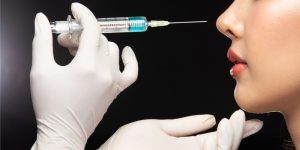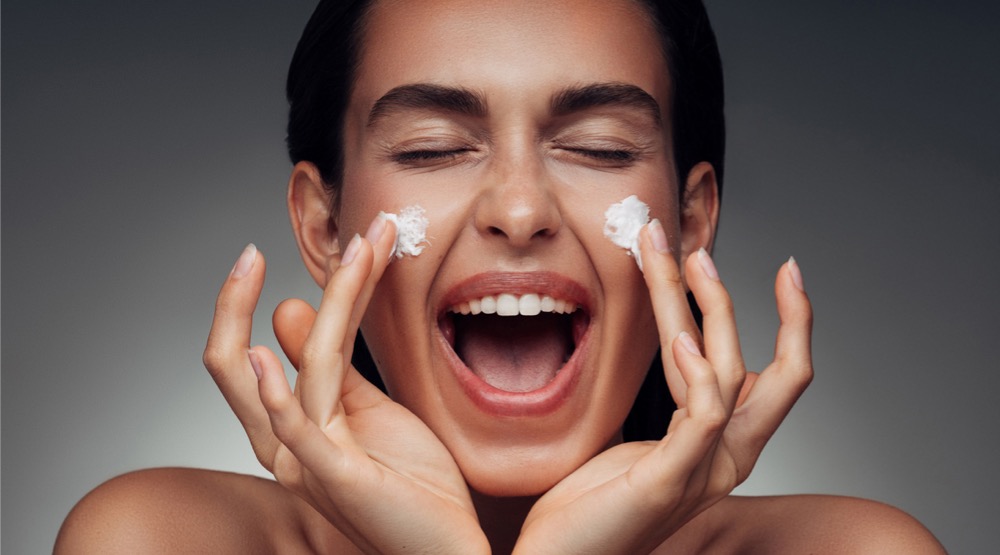According to a recent report by the Cosmetic Physicians College of Australasia (CPCA), the wide acceptance of non-surgical cosmetic procedures has led to a spike in demand for those treatments. As the demand for treatments increases, so does the myriad of cosmetic enhancement options that become available.
Doctor Naomi McCullum, CPCA Board Member, shares her predictions for the treatments set to be in high demand.
Volumisers or biostimulators to treat skin laxity
Volumisers (also called biostimulators) work under the same principle as dermal fillers in that they are injections into the dermis. However, volumisers work by restoring lost volume to the face, countering the ‘hollow’ look that comes with ageing.
“Volumisers differ from dermal fillers in that they stimulate the patient’s skin to produce more of its own collagen and elastin over a period of weeks or months, gradually restoring more youthful-looking and smoother facial contours with longer-lasting results,” says Dr McCullum.
According to Dr McCullum, the treatment is especially beneficial for the difficult to treat neck area – a common tell-tale sign of ageing.
A volumiser is a long-lasting injectable filler and one, for example, is made from calcium hydroxylapatite (CaHa) microspheres suspended in a water-based gel. This product has a two-fold effect: on injection it immediately restores volume and it prompts a process known as neocollagenesis, stimulating the growth of new collagen in targeted areas. The results generally last 12 to 18 months but cannot be used for fine lines or wrinkles, or for the lips or lower eyelids.
“Patients like the results of volumisers because it fills what needs to be filled, but also stimulates their own collagen. Biostimulator treatment is the biggest advance we have had in neck treatments for many years, and patients are loving the results of a smoother, tighter-looking and less crepey-skinned neck,” said Dr McCullum.
Threadlifting – the new alternative to a facelift
Threadlifting is a minimally invasive procedure designed to elevate the ‘drooping’areas of the face and redefine the contours using temporary sutures for a subtle lifting and tightening of the skin.
Threadlifting, while it does not last as long, provides an alternative to facelift surgery, with shorter down time and almost immediate results, which is why it’s on Dr McCullum’s list of 2020’s top treatments.
Until recently, the only way to address problems caused by facial skin laxity, such as drooping jowls and cheeks, was to have a facelift. Now, threadlifting has evolved to the point that it is one of the most popular procedures to address the ageing face and is quickly filling the gap between injectables (not being sufficient) and the need for an invasive surgical facelift.
There are different types of threads, all made from sterile absorbable suture material. Some feature bi-directional and helically positioned microscopic barbs to effectively anchor the soft tissue before lifting it to the desired position. They are most effective in the cheeks, jowls, jawline, brows and neck. Some of the the most popular threads available are Aptos, MINT and Silhouette.
Instead of the skin being surgically removed, thread lifting supports the skin from within, like a support bridge, and the skin is suspended. The threads can help lift and tighten soft tissue as well as stimulate collagen production in the dermis.
“Short PDO threads are one of the most popular treatments that I see in our clinic and patient satisfaction rate is very high from these threads which stimulate collagen. Patients love the natural-looking results and the improved appearance of their skin,” explains Dr McCullum.
Shaping the face with injectables
A relatively recent breakthrough in the cosmetic industry is reshaping of the face with injectables, and this has been gaining momentum among patients.
Correcting irregularities with dermal fillers (either temporary or long-lasting) allows patients to alter their appearance without having to undergo surgery. For example, non-surgical rhinoplasty can be performed and includes bridge augmentation, correction of a hump on the dorsum of the nose, making the nose rounder if the bridge is squarish or beaky in shape, and rounding and shaping of the nasal tip. The tip of a drooping nose can also be lifted by 1 or 2mm by injecting the filler at the base of the nose so that it forces the tip upwards.

Aside from the non-surgical ‘nose job’, fillers can also be used to define facial contours such as jawline, cheek and chin to achieve balance and harmony among other facial features (however this may require more than a single procedure).
“Jawline filler is fantastic for sagging and ageing jawlines, as it treats the loss of volume that happens with age and brings a tighter and sharper look back to the jawline,” says Dr McCullum.
Body reshaping devices that also tone muscle
As body-sculpting procedures become more advanced and accessible, the demand among patients continues to accelerate. While there are many diverse technologies on the market addressing concerns such as cellulite, skin tightening and fat reduction, the latest body contouring technology goes one step further.
One of these latest technologies can burn fat and build muscle, all at the same time. It harnesses electromagnetism or FMS (functional magnetic stimulation) to stimulate muscle contractions to strengthen and tone the inner core and pelvic floor. The result is decreased fat and increased muscle density, volume and strength, muscle definition and toned abs, arms and glutes.
“With a continuing quest for ‘quick fixes’, body contouring systems such as the EmSculpt and TeslaFormer (recently released in Australia) that offer a two in one approach- fat reduction and muscle building – will be the body contouring technology trend of 2020,” says Dr McCallum.
Hair transplants for women with thinning hair
While hair transplants are typically associated with men suffering from male- pattern hair loss, the number of women now undergoing the procedure has been on the rise and this will only continue to grow.
The most common type of hair loss among women is female androgenetic alopecia (female pattern baldness). According to the International Society of Hair Restoration Surgery, it occurs in about 20 percent of American women overall and there is an increased incidence during and after menopause.

Many women are turning to hair transplantation to solve their hair loss problem. Modern hair transplantation involves the transfer of tiny grafts containing one to three hairs (follicular unit grafts) from the healthy lower scalp to the balding area. As these hairs are coded to be ‘non-balding’, they survive in the bald areas and continue to grow healthy hairs. The use of natural hair groupings ensures that a properly designed and executed hair transplant is undetectable – a far more appealing option than the unnatural appearance of antiquated plug transplants.
Bespoke skincare providing a comprehensive skin solution
The rise of results driven skincare has also given rise to the demand for a customised approach rather than a one size fits all approach.
When we’re talking skincare and ageing, patients know there is no single, simple solution to all issues which is why they are demanding made-to-measure efficacy to target and address individual issues, including skin type, tone, unique concerns and of course, ageing. In response to this demand, a few top companies have developed their own customised doctor only skin care ranges – a trend that will gain traction in 2020.
Companies like SkinCeuticals that unveiled CUSTOM D.O.S.E., a personalised, state-of-the-art service, engineered to evaluate each patient’s specific skincare needs, and combine active ingredients into a tailor-made, corrective serum have championed the trend. Another cosmetic company, UNIVERSKINTM based in France has also created a bespoke skincare range. Its concept relies on a cosmetology consultation after which the patients leave with their own cosmetic formulas.
Nothing says trend of the future more than bespoke beauty.
Emerging use of ultrasound technology
On the horizon is the emerging use of ultrasound imaging to guide facial injectables, which promises to raise the bar of safer injecting. With smaller, portable ultrasound devices, this developing technology partnering may well be the future to identify structures beneath the skin prior to dermal fillers, and to visualise outcomes of procedures including fat-reduction technologies such as fat freezing and radio frequency devices.
For more news and updates, subscribe to our weekly newsletter.

